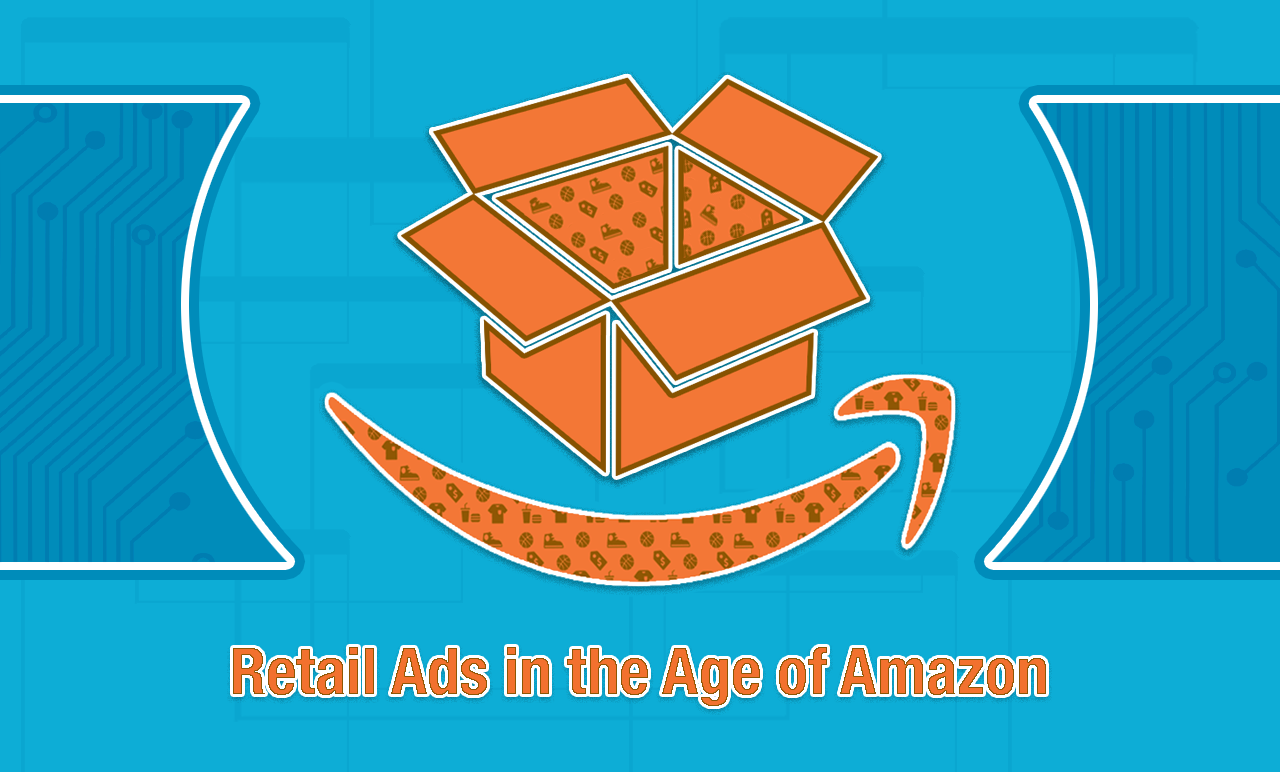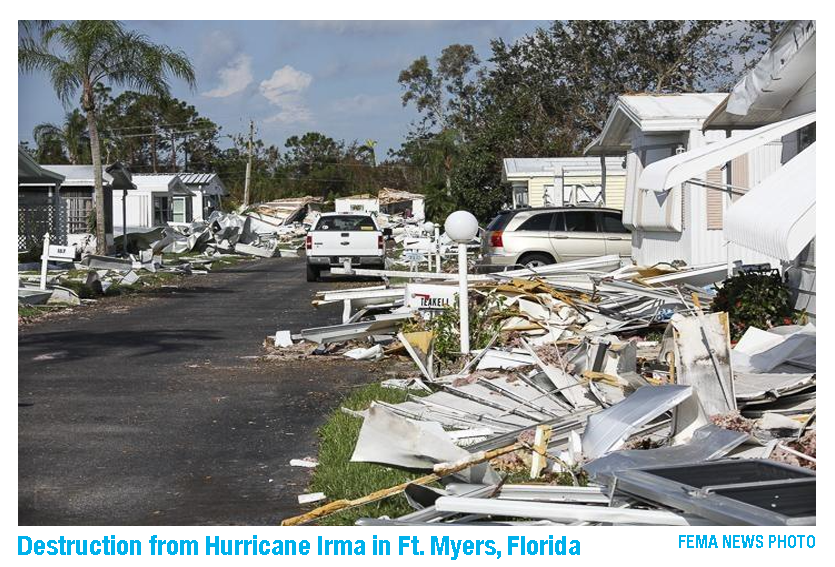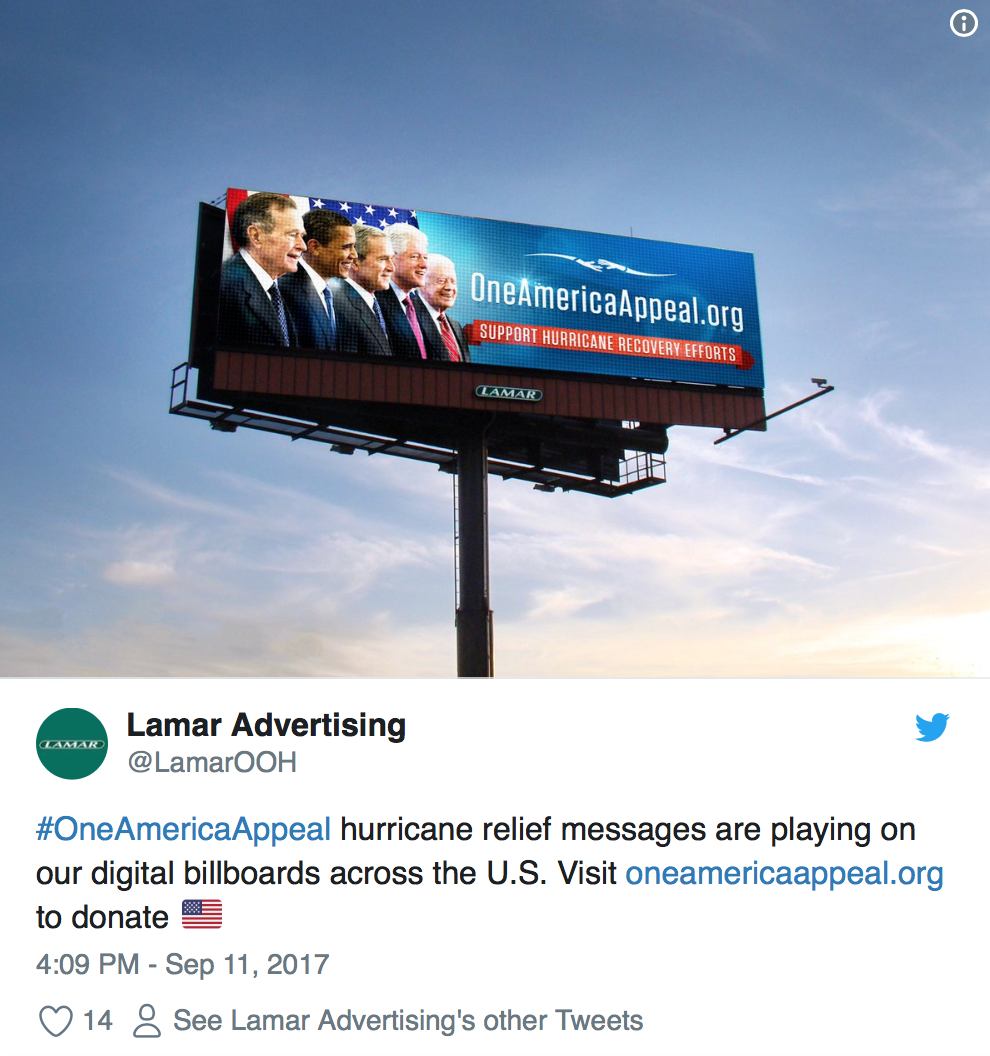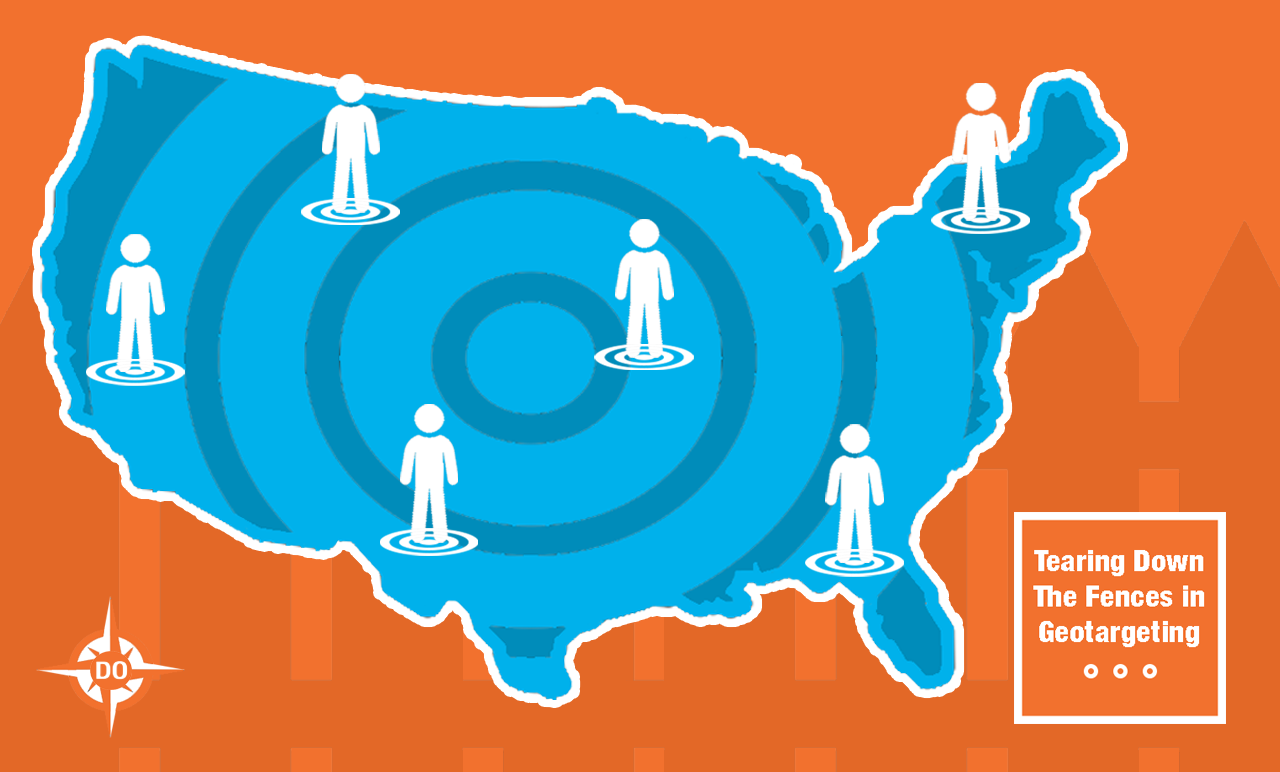
The retail industry is the 6th largest economic sector in the United States. It accounts for over 5 trillion dollars in total annual sales and employs over 40 million Americans. Currently, this massive industry is experiencing a transformation due, in large part, to the rise of Amazon.
Amazon brought about change by streamlining digital sales, and becoming the so-called “everything store.” Its immense growth has left advertisers, investors, and store-owners questioning the future of the retail industry. Will retail’s uncertain future, and Amazon’s digital dominance negatively impact investment in OOH? This post will answer that question, and examine some of the factors surrounding it.
The Age of Amazon
Amazon.com has grown rapidly since being founded as an internet-based bookstore in 1994. Since its introduction, Amazon has become the world’s largest provider of cloud-based infrastructure and even started production on its own product lines of personal electronics, modern essentials, and other household items. Additionally, Amazon has nearly perfected the operations required to quickly deliver consumer goods directly to paying customers and grown immensely as a result.
Amazon has begun to dominate the realm of internet retail. Amazon accounted for 43% of all online sales in 2016 and was responsible for 53% of the (online retail) industry’s growth in the same year. In addition to this, Amazon has quickly turned AmazonPrime into one of the most effective paid-membership programs to date. AmazonPrime hosts more than 54 million members, boasts an impressive 90% retention rate, and has the capability to as much as double an individual member’s annual online spending.
Amazon built its foundation in the early stages of the internet’s development, but as the internet grew, Amazon took steps to grow alongside it. What was once a humble online bookstore, has evolved into an internet retail powerhouse. Now with stable footing, grounded in operational superiority and a devotion to customer service, Amazon is in a position where it could seriously disrupt virtually any industry it decides to enter.
Retail & OOH
Although nearly 85% of retail purchases are still made in physical stores, that number is expected to dip to about 70% by 2022. The rise of e-commerce has dramatically changed the way shopping is done. Retail companies have begun investing more money into digital advertising as online buying has become increasingly common. In fact, spending on digital ads in the retail industry grew about 15.8% in 2017, and many anticipate it will see double-digit growth through at least 2020.
Increased spending on other formats doesn’t normally bode well for competing mediums, yet OOH and the retail industry’s relationship is holding strong. Both digital and traditional retailers have largely continued to increase their OOH spend. Tech brands are recognizing the value of OOH and are investing their money accordingly. In fact, of the top 100 OOH investors, nearly one-quarter of them are tech brands. Amazon holds the #6 overall spot and continues to function as an industry pioneer.
OOH is still well equipped to serve the retail industry, despite its current trend towards online buying. For companies that maintain more traditional practices, OOH can act as a drive-to-store medium. So much so that one report states that 11% of consumers have “made a purchase in a physical location in the last seven days as a result of an OOH advertisement.” Additionally, the same survey also pointed out that OOH is often the last opportunity advertisers have to influence consumers before they make a purchase, noting that 83% of people surveyed could recall having seen an OOH ad less than 30 minutes before they started shopping.
Companies that are adapting to the world of online sales can also be served by outdoor advertising. A study conducted by the OAAA in collaboration with Neilsen reported that “OOH delivers more online activations per dollar spent than any other traditional media format.” It is also a well-known fact that advertisers can seriously amplify the impact of their digital campaigns by incorporating OOH into their marketing mix.
OOH never goes out of style. In a world that is becoming increasingly tech-savvy OOH is holding strong. As retail brands adapt to a world online, they should follow the practices of the technology-backed companies that are driving digital growth. They should continue to innovate their business strategies and work hard to maintain their relationship with the outdoor industry.
Now that you’re equipped with an unwavering confidence in out-of-home go check out DOmedia, host of the largest database of OOH vendors in the US, and start planning a powerful outdoor campaign today!










